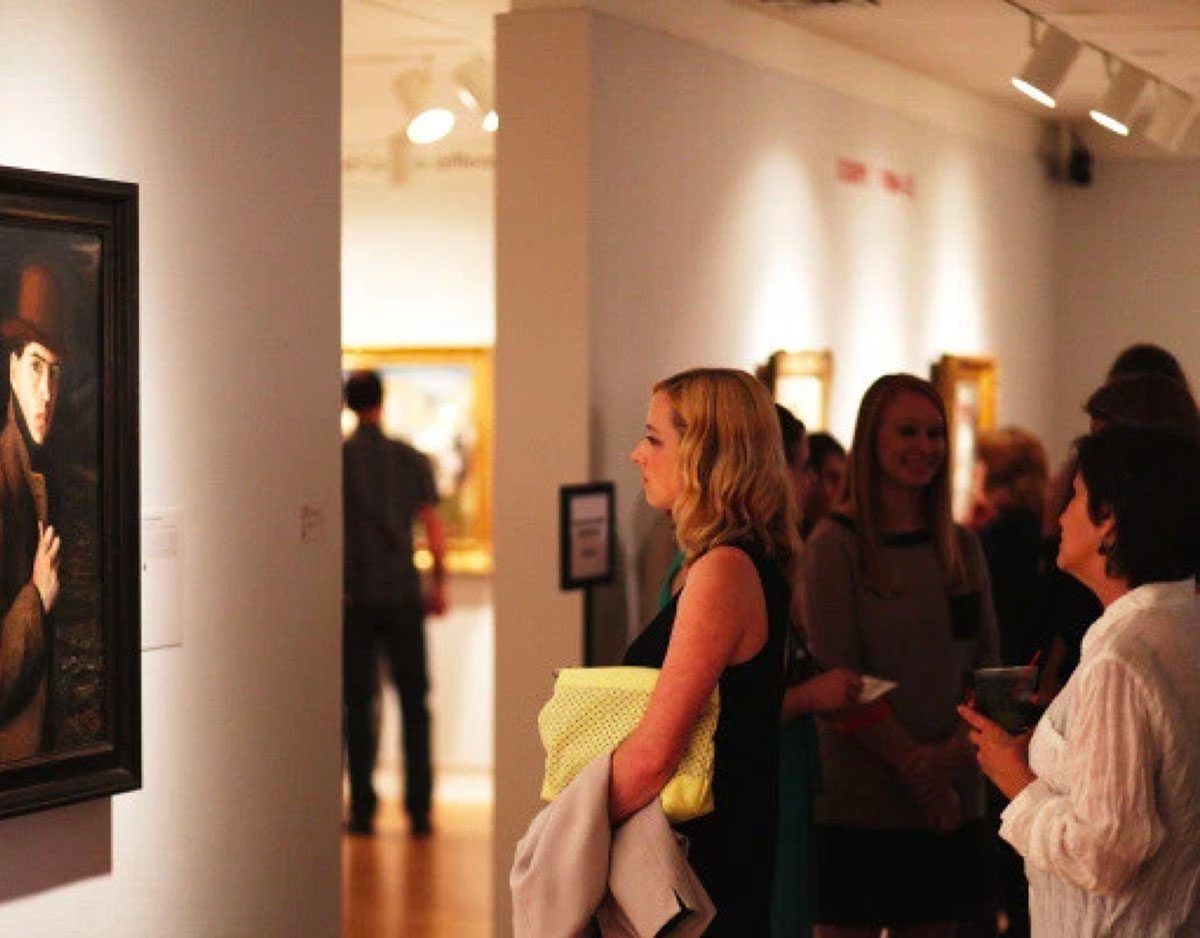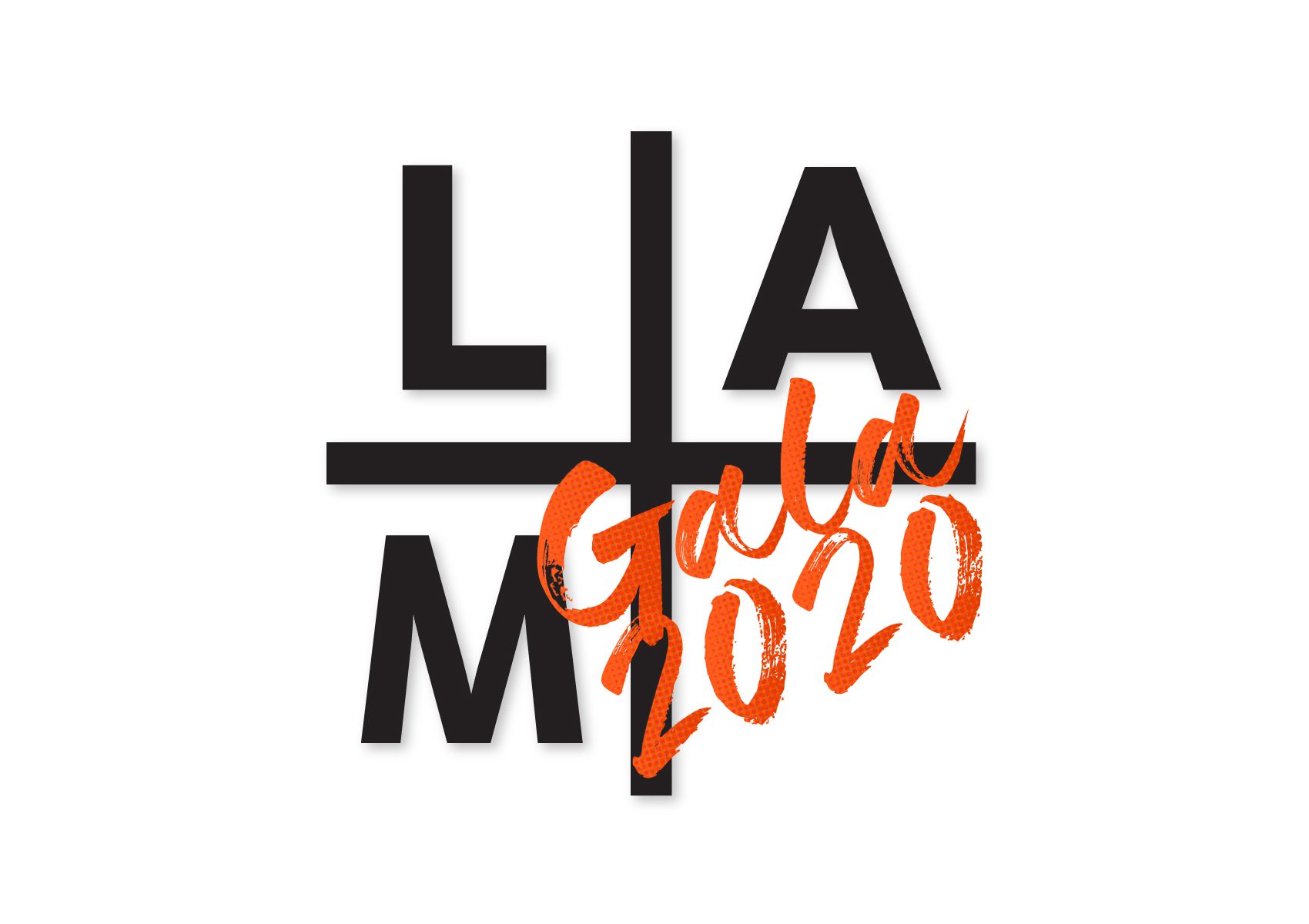The German-born Oskar Fischinger (1900-1967) was an abstract artist working in both painting and film. Based in Berlin from 1927, he was acclaimed for his technically innovative art films, in which he animated forms and colors and synchronized them with music. The addition of motion and sound brought new dimensions to the abstract art pioneered by Wassily Kandinsky and other avant-garde painters of the early twentieth century.
In 1936, his career in Germany curtailed by the rise of the Nazis, Fischinger moved to Hollywood and began working for the movie studios. He designed animations for Disney’s Fantasia (1940) but soon parted company with Disney over the creative constraints imposed on him. Although he managed to make some of his own films while in Hollywood, the last in 1947, he found no support at any of the studios for his experiments in “visual music.” In the last twenty years of his life he devoted himself to inventions—notably an instrument for creating light shows—and painting.
In his paintings Fischinger sought to match the dynamism of his animated films, with forms suggestive of planets, nebulae, radio waves, and energy moving in space, as well as lively brushwork and a variety of surface textures. Anyone familiar with his films tends to imagine them becoming animated. For all the obvious points of comparison between Fischinger and the great modern artists of Europe, from Kandinsky and the Russian Constructivists to Paul Klee and Joan Miró, his paintings remain very much his own, an original contribution to the history of art in Los Angeles.
The examples in this exhibition are selected from the group of Fischinger’s paintings owned by Laguna Art Museum thanks to gifts from the Gregory Schwayder Rosenblum Trust.

Subscribe To Our Newsletter
Receive news about collections, exhibitions, events, and more.








